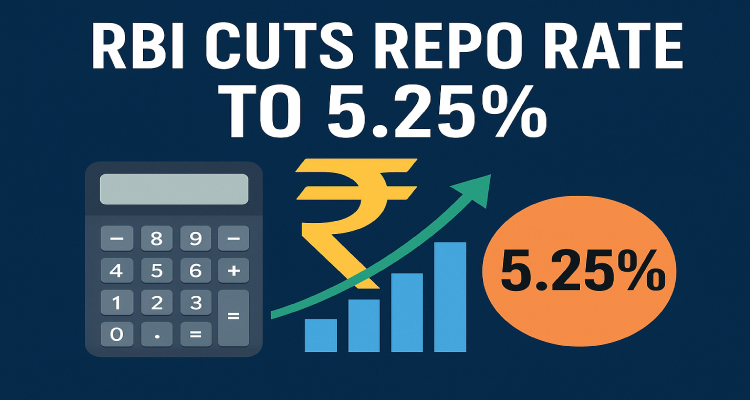The Test Doesn’t Know Me: Why Grading Systems Still Fail Millions”
Standardized tests and rigid grading scales continue to fail millions by ignoring context, creativity, and individual learning styles. Here’s why change is overdue.
Introduction: A Letter Left Unread
“My grade said I wasn’t smart enough. But I knew I was more than a number,” recalls Maya Thomas, a high school senior in Detroit who, despite excelling in debate and creative writing, consistently scored low on multiple-choice tests.
Stories like Maya’s echo across classrooms worldwide. As education systems push for quantifiable assessment through rigid grading systems and standardized testing, millions of students are left behind—not because they lack intelligence, but because the test was never designed to truly know them.
Context & Background: A Legacy System in a Changing World
The modern grading system—letter grades, GPA, and standardized tests—traces its roots back to the 19th and early 20th centuries. Born during the industrial revolution, it was crafted for efficiency and comparison, not personalization. Back then, education needed to sort, rank, and place students into workforce-ready roles. A uniform grading system made administrative sense.
But fast forward to 2025, and the world is vastly different. Careers demand creativity, critical thinking, and emotional intelligence—traits that often elude the confines of traditional assessment. Yet the grading systems remain stuck in time.
Main Developments: What the Grades Miss
1. Standardized Tests, Standardized Failure
Standardized tests, such as the SAT, ACT, and national board exams, have long been criticized for cultural bias, inaccessibility, and over-reliance on rote memory. A 2023 study by the National Center for Fair & Open Testing found that students from marginalized communities scored an average of 20% lower than their affluent counterparts—not due to intelligence gaps, but lack of access to resources, tutoring, and even safe study environments.
2. Grading and Mental Health
The rise in student anxiety and depression correlates disturbingly with academic pressure. According to a report from the American Psychological Association in 2024, nearly 40% of high school students in the U.S. said their self-worth was directly tied to their grades.
3. Creativity and Nonlinear Thinking Left Behind
Not all intelligence fits into boxes. Musicians, designers, entrepreneurs, coders, and writers often think divergently—solving problems through intuition and lateral thinking. Traditional grading penalizes such approaches in favor of conformity and memorization.
Expert Insight & Public Reaction
“Grading is a reflection of performance under a narrow set of conditions, not a reflection of potential,” says Dr. Elaine Rodriguez, education psychologist at Stanford University. “We’re training students to be test-takers, not thinkers.”
Parents and students are pushing back. Online campaigns like #MoreThanMyGrade and #RethinkAssessment have gained momentum, with millions of shares on TikTok and Instagram. Schools in Finland and parts of Canada have already adopted more flexible models, focusing on narrative assessments, project-based learning, and student portfolios.
Impact & Implications: Who Gets Left Behind?
The implications are far-reaching:
- Undervalued Talent: Bright students who underperform on tests may never reach scholarships, honors programs, or top-tier universities.
- Widening Inequality: Grading often reinforces socioeconomic divides, benefiting those with access to test prep, private tutoring, and stable home environments.
- Global Repercussions: Countries investing heavily in test-centric systems may fall behind in cultivating innovation, empathy, and leadership—the very traits needed in future economies.
Yet, the failure isn’t just institutional. It’s deeply personal. For every student whose potential goes unrecognized, there’s a missed opportunity—for society, innovation, and humanity.
Conclusion: A System in Need of Rewriting
Grades might measure compliance, memory, or test-taking skills, but they rarely capture heart, resilience, or unique brilliance. As we move deeper into a knowledge economy driven by AI, collaboration, and creativity, the need to evolve our assessment models becomes urgent.
The test doesn’t know Maya. It doesn’t know the students who think in colors, or patterns, or code. It doesn’t know the quiet ones who write poetry in the margins of their notebooks or the bold ones who challenge the status quo.
But we can choose to know them—by building systems that reflect their humanity, not just their score.
Disclaimer: This article is for informational and editorial purposes only. It does not constitute professional educational or psychological advice.










